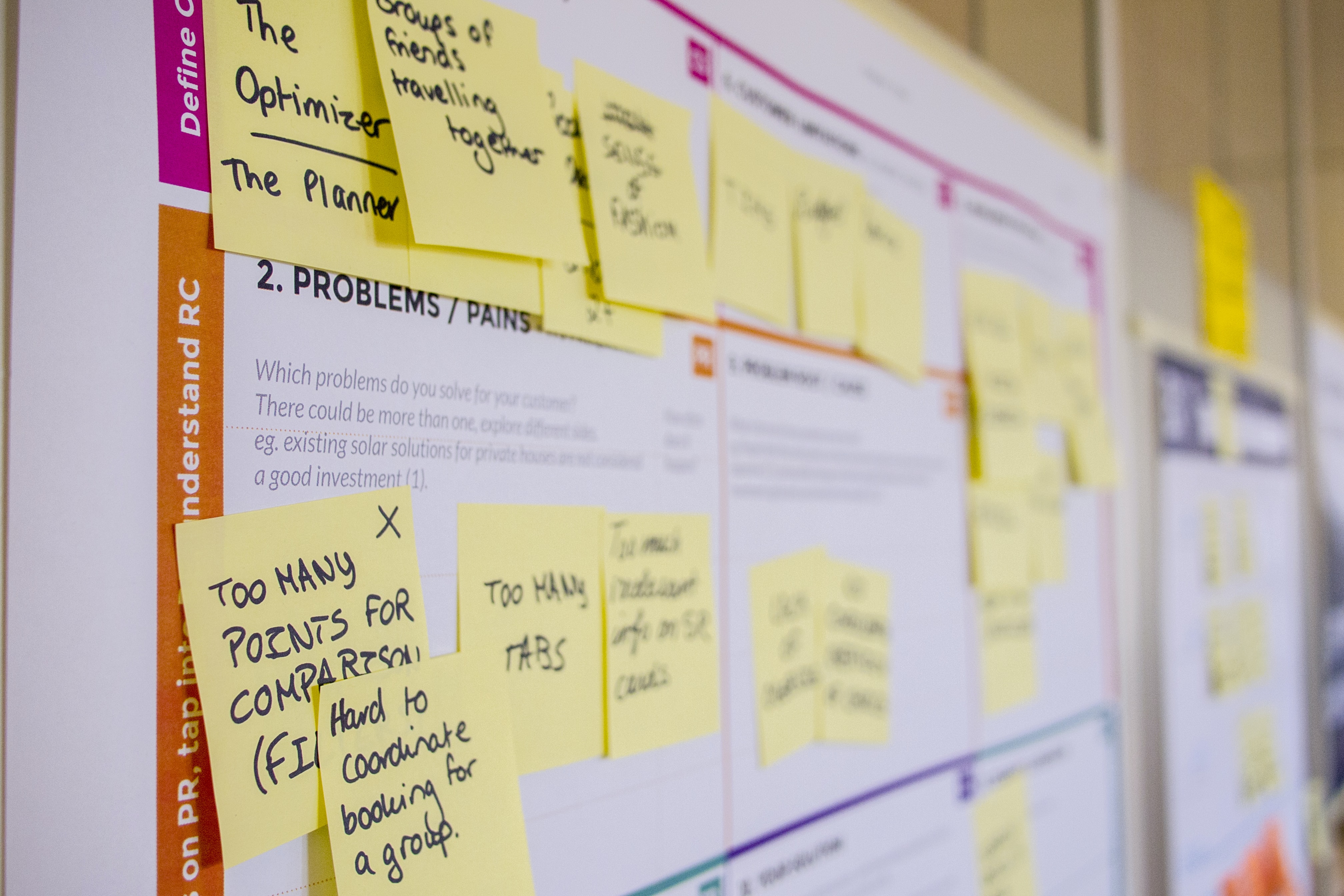
The Benefits of Lean Startup and How to Create an MVP
As most of you already know lean startup is a methodology for developing products and running startups that emphasizes speed, flexibility, and a focus on customer needs.
The core idea behind the Lean Startup is to build a product or service using a “build-measure-learn” approach. This means that instead of spending months or even years developing a product in isolation, a startup should focus on quickly building a minimum viable product (MVP) and getting it in the hands of customers to test and gather feedback. This feedback is then used to iterate and improve the product over time, with the ultimate goal of creating something that customers actually want and are willing to pay for.
This approach also emphasizes the importance of using data and metrics to guide decision-making. By measuring key metrics like customer acquisition, retention, and revenue, a startup can quickly assess whether their product is working or not and make adjustments accordingly. This data-driven approach helps to reduce risk and increase the chances of success.
Another key aspect is the concept of “validated learning.” This means that instead of making assumptions about what customers want, a startup/business should test those assumptions through experiments and gather data to validate or invalidate them. By constantly testing and learning, a startup can avoid wasting time and resources on ideas that are unlikely to succeed.
This methodology also places a strong emphasis on agility and adaptability. Startups are encouraged to be flexible and willing to pivot their strategy or product if necessary in response to new information or changing market conditions. This helps to avoid getting stuck in a rigid plan that may no longer be relevant.
In today’s quick changing world speed, flexibility, and a focus on customer needs are imperative. By using a build-measure-learn approach and gathering feedback from customers, startups can quickly iterate and improve their products, reducing risk and increasing the chances of success.
MVP
This methodology that has become increasingly popular in the business world by focusing on creating a minimum viable product (MVP) that can be tested and iterated upon quickly. MVP approach allows businesses to save time and money by avoiding costly mistakes and focusing on the most important aspects of their product. MVP allows businesses to quickly test their ideas and get feedback from customers. This feedback can then be used to refine the product and make it more successful. By focusing on the MVP, businesses can also save money by avoiding unnecessary features and costs.
Creating an MVP is not always easy, however. It requires careful planning and consideration of the customer’s needs. The MVP should be designed to provide the most value to the customer while still being easy to use. It should also be able to be tested quickly and iterated upon.
When creating an MVP, it is important to focus on the core features that are most important to the customer. These features should be the ones that will provide the most value and be the most useful. It is also important to consider the customer’s needs and how the product will fit into their lifestyle.
It is also important to consider the cost of the MVP. The MVP should be designed to be as cost-effective as possible. This means avoiding unnecessary features and costs. It is also important to consider the time it will take to develop the MVP. The MVP should be able to be tested and iterated upon quickly.
Finally, it is important to consider the customer’s feedback. The MVP should be designed to be easy to use and provide the most value to the customer. It should also be able to be tested quickly and iterated upon.

Lean startup is a great way to quickly test ideas and get feedback from customers. By focusing on the MVP, businesses can save time and money by avoiding costly mistakes and focusing on the most important aspects of their product. Creating an MVP requires careful planning and consideration of the customer’s needs, however. It is important to focus on the core features that are most important to the customer and design the MVP to be as cost-effective as possible. Finally, it is important to consider the customer’s feedback and use it to refine the product and make it more successful.
